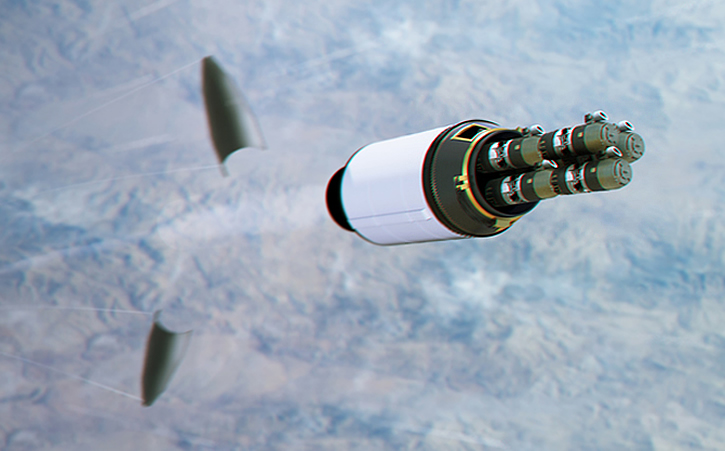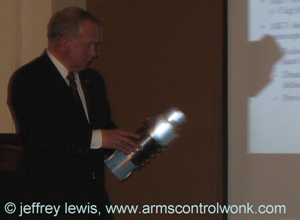This is a paper identifying the problem associated to the image extraction and rescale, it does not actually offer a solution. Hence this is a theory, and it may not applies in the following circumstance
Read the last paragraph, extract as follow
and
Hence it basically saying this theory may be able to put in the multi-target function, it mostly talking about how to transpose an object in term for non-geometric identification, this can already be done by today technology.
Same thing, this is a theory running SIFT Feature and Harris Feature, notice the image they compare are "UNIQUE" meaning a car can be of similar make but have unique marker which can draw with inline extraction (Draw two Unique Identifier (UI) into a line of matrix.)
No where it does works with non-unique object (without UI, such as same car but different branding), or dynamic object (where UI keep changing).
notice;
At 5 : Result
Denoted that interest point matching only provide 30% accuracy (30 out of more than 100 interest point). And;
Denoted that matching probability is small and limited.
A. The detection of an aircraft used by such alrogithm is not 100% (not even 90% match) depending on the algorithm used and the sample supplied, it reaches from 53% to 93%.
B.) An aircraft is not as dynamic as an aircraft carrier.
As I said before.
View attachment 393090
THis, and This,
View attachment 393091
Is the same Aircraft Carrier, but the aircraft on deck will make too much "noise" to the image and would give you a negative reading. While in an aircraft, the "noise" itself is not as great as the body of the aircraft will not distorted within flight.
Again, this is a geometry recognition. We are talking about Dynamic and Non-Geometric
They system can do that because, for example, a Siamese Cat have different Unique Identifier than say, A British Short Hair.
View attachment 393093
British short hair cat (Above) have;
Wide and fat ears,
Fat Cheek
Wide Eyes
Triangular Nose,
Blunt Ear tips
Short Fore and Hind Legs
Short Tail
View attachment 393094
Siamese, on the other hand have
Double Fold ears
Close Eyes gap
Sharp face
Round nose
Trianglar Mouth
Long Hind legs and Normal Front legs
Long Tails.
The machine can pick up the different because it have gave a lot of unique identifier on the image, and it can access the UI and draw a matrix table, even some of the feature on either cat would also feature in other cat breed as well (such as Russian Blue) but if only a subject process all the trait (cat breed all have the same trait), then that sample could only be of particular breed. In the end, the only things the Computer will need to do is to detect the UI (Such as Ears and Nose in the cat) and you can put the matrix up and compare each subject.
On the other hand. Detecting a Carrier in the middle of the ocean is another problem, carrier is not a living thing, nor was it multi-dimensional polygon, meaning it will be very hard to find UI to build a matrix, in term of the computer, a Carrier is roughly a noisy rectangle.
Consider this
View attachment 393095
The Black Line is the Carrier Abraham Lincoln profile as appear on a computer, and this
View attachment 393096
The black line denoted the Profile Liaoning.
Now tell me how many UI you can pick up from the image?
If you solely consider the Black Line (The profile) before scaling, I would say the Profile is 80-90% similar.













